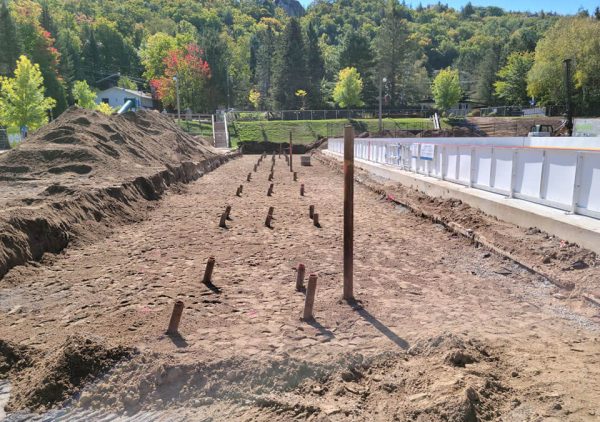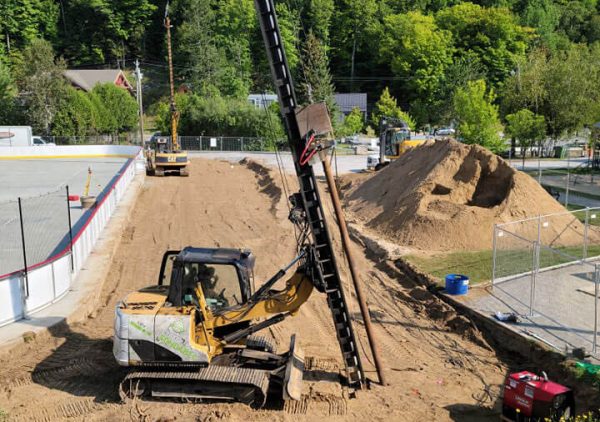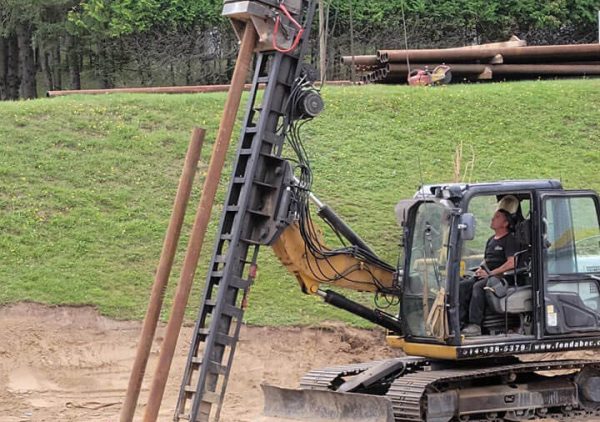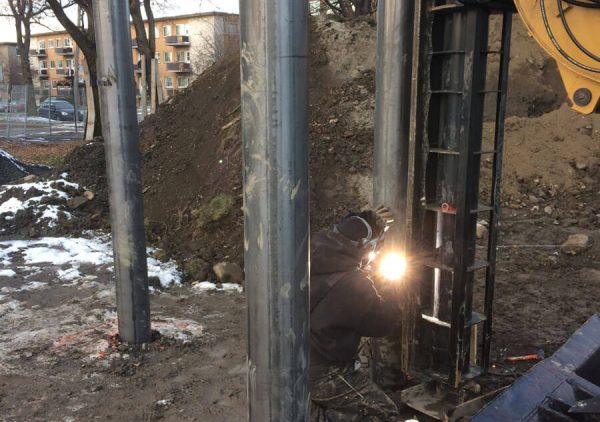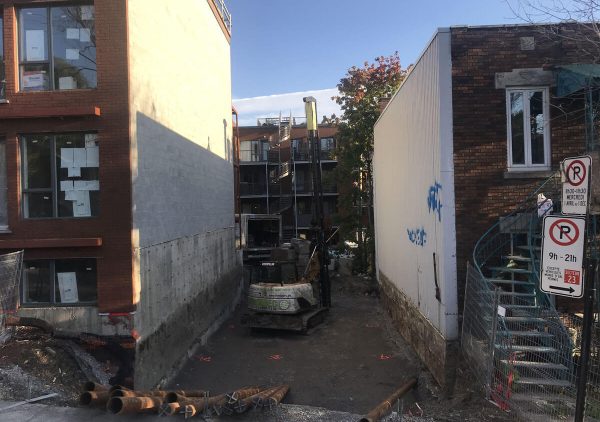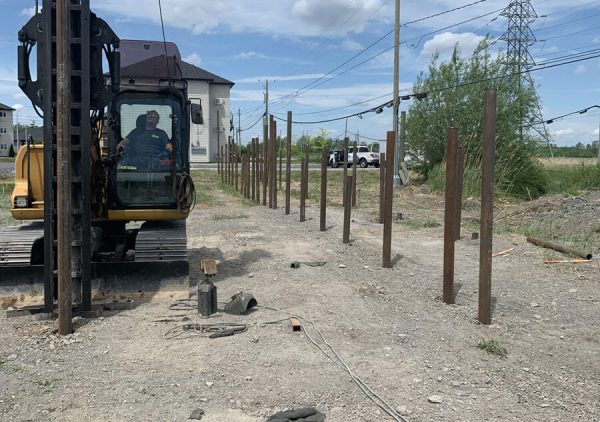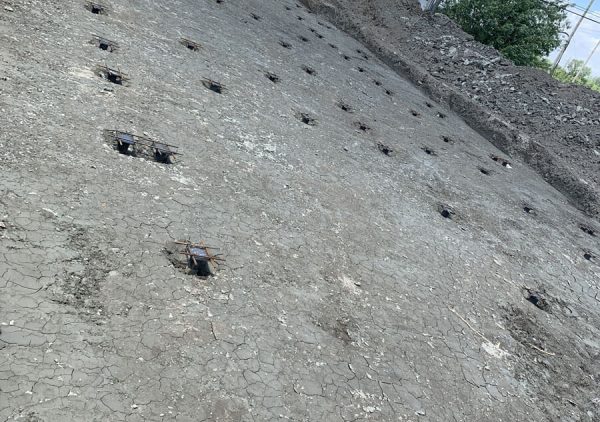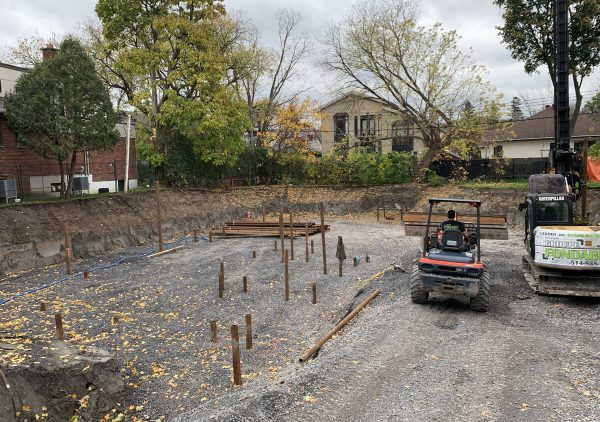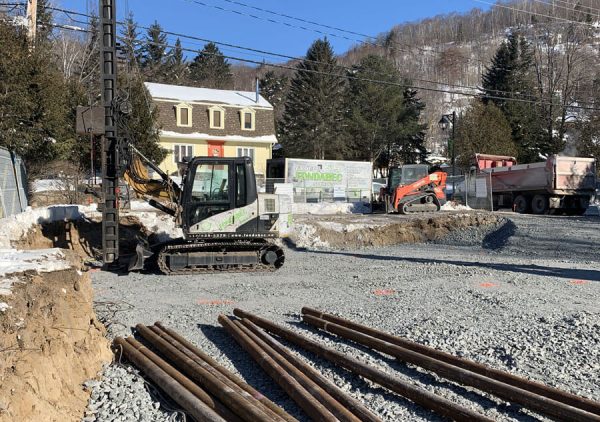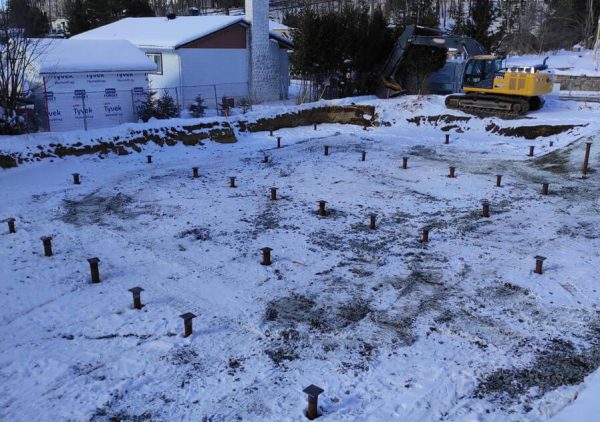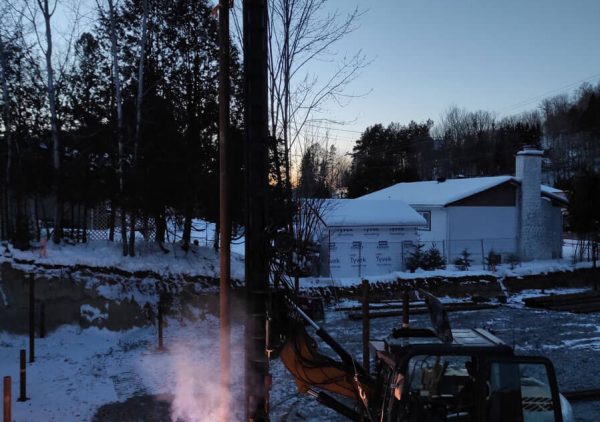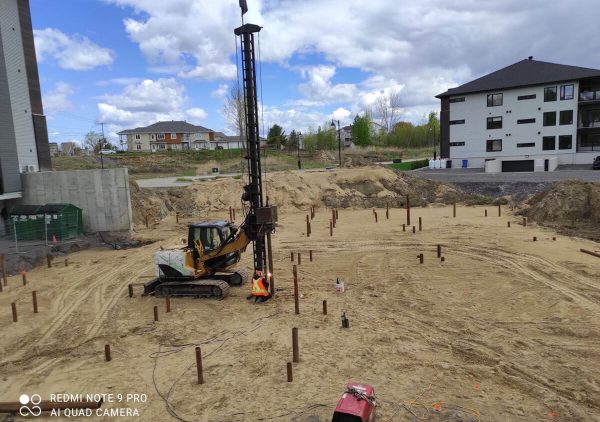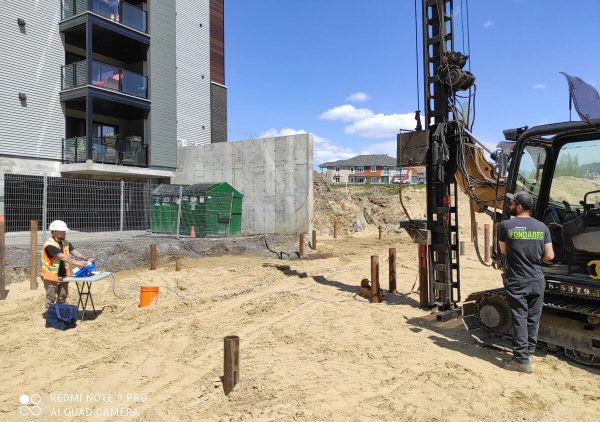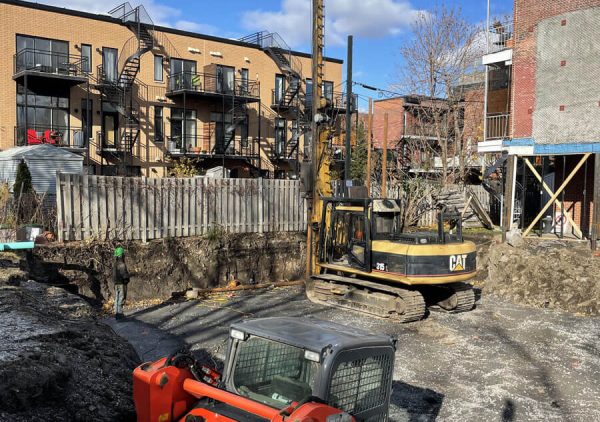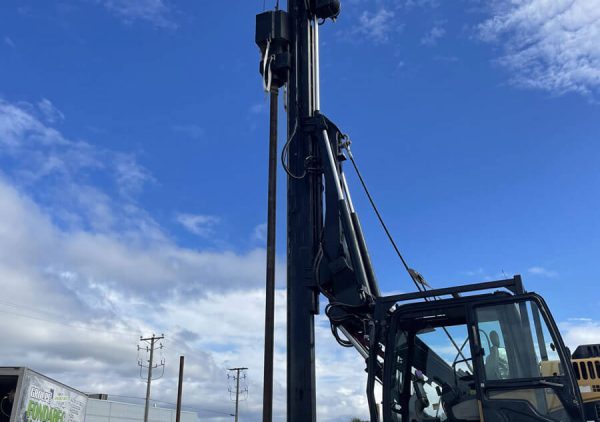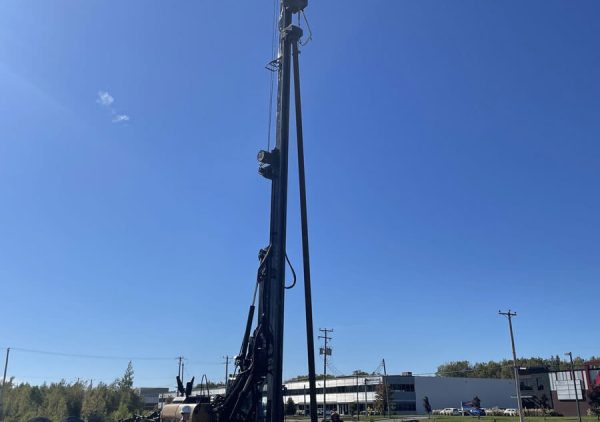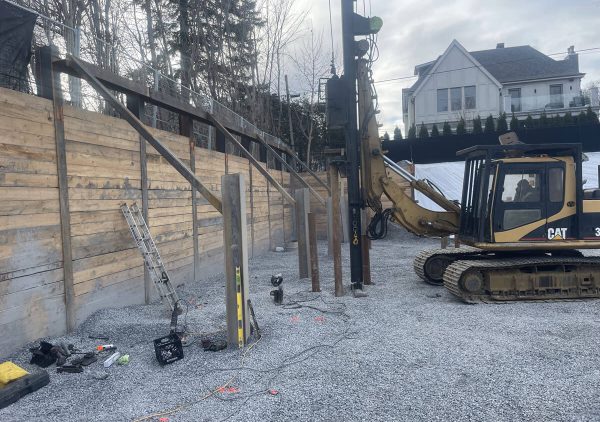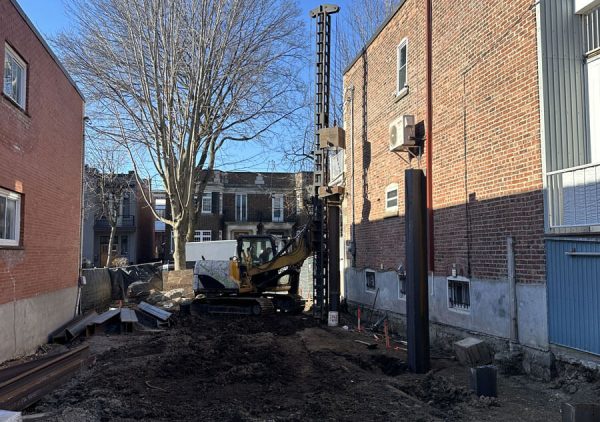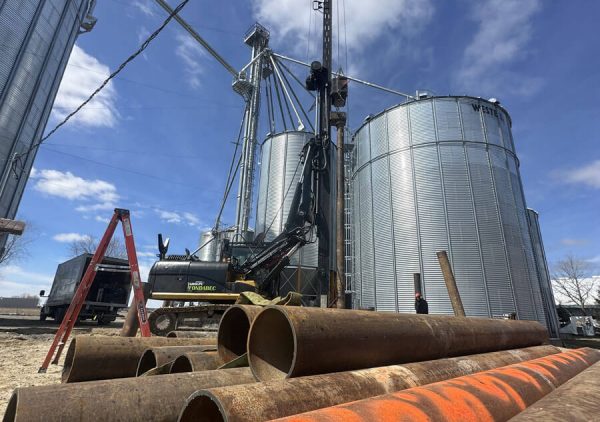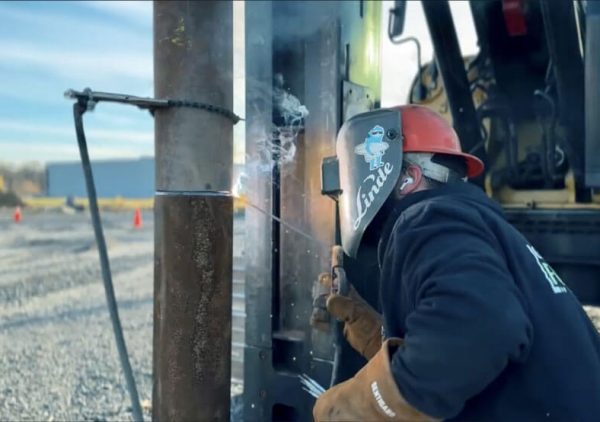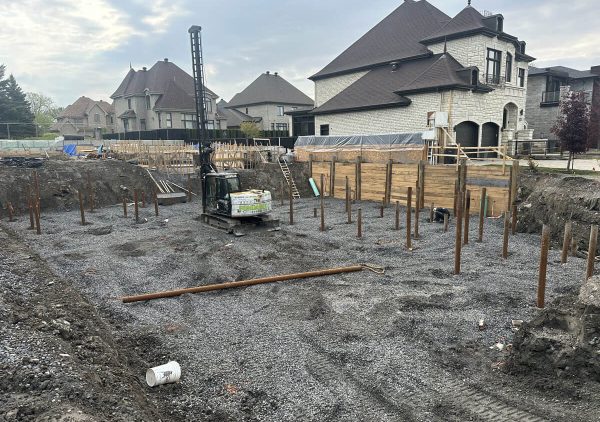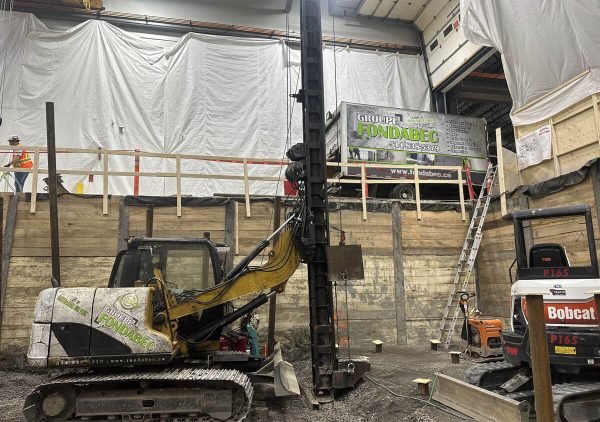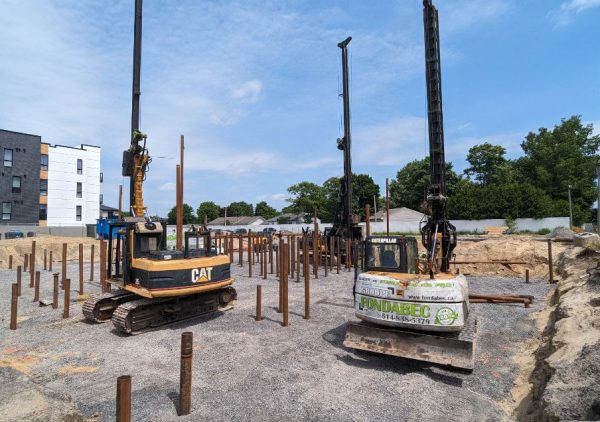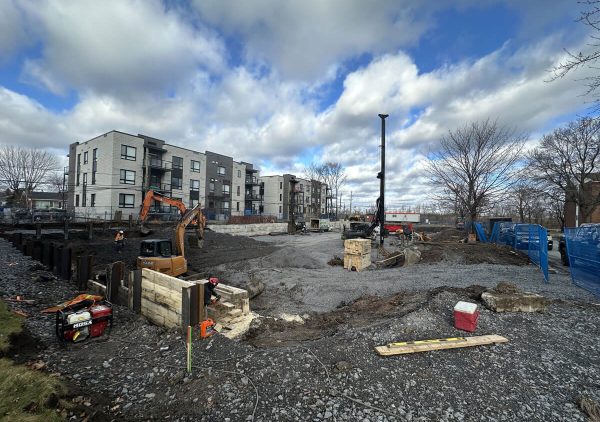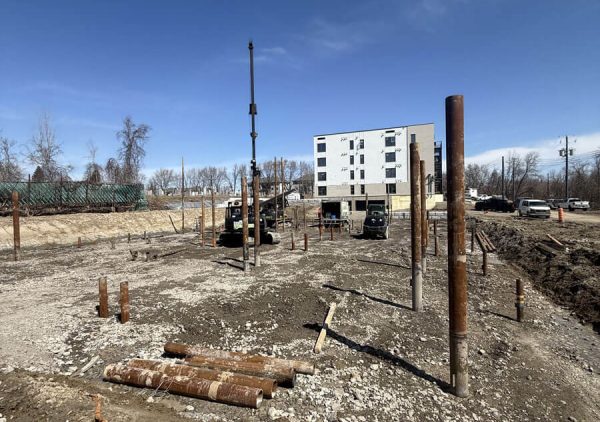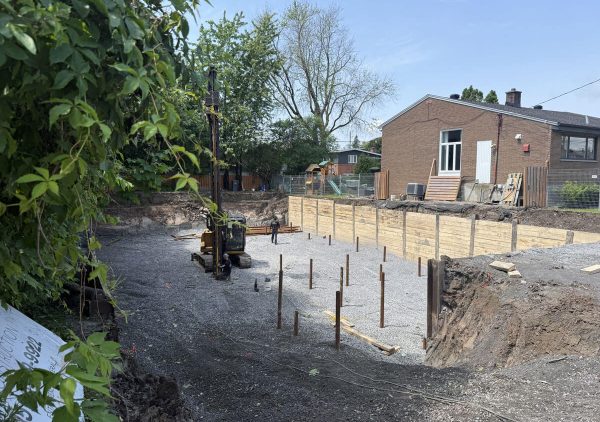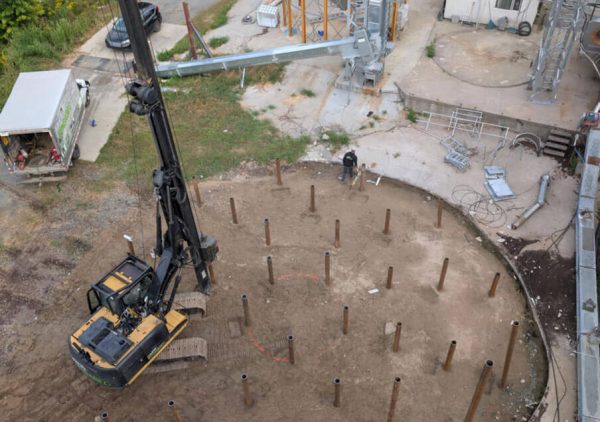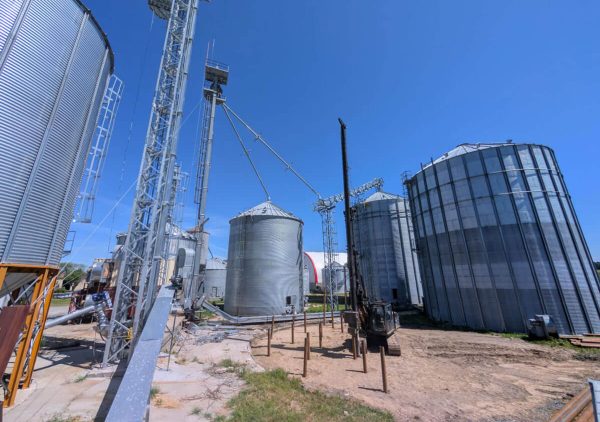Foundation pile driving
Build on a stable, durable and guaranteed foundation with Fondabec
The stability of any building depends above all on the quality of the soil on which it rests. In many parts of Quebec, particularly in the St. Lawrence plain, clayey, backfilled or unstable soils require deep foundations to prevent settlement and ensure the long-term durability of your building.
At Fondabec, we install piles according to strict criteria adapted to the realities of Quebec’s climate and validated by specialized engineers. This proven solution transfers the loads of the structure to denser soil layers or directly to bedrock, providing a stable, durable foundation.

Why use driven piles for your construction project?
- building on clayey, unstable or backfilled soils
- there is a risk of differential settlement
- the structure requires maximum structural stability
What types of projects use driven piles?
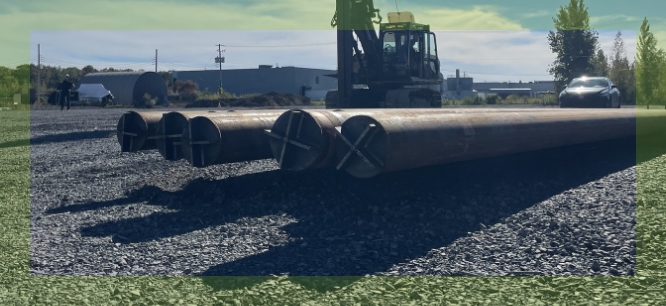
Single-family homes and residential buildings
Commercial and multi-unit residential buildings
Expansions and extensions
How does the installation of driven piles work?
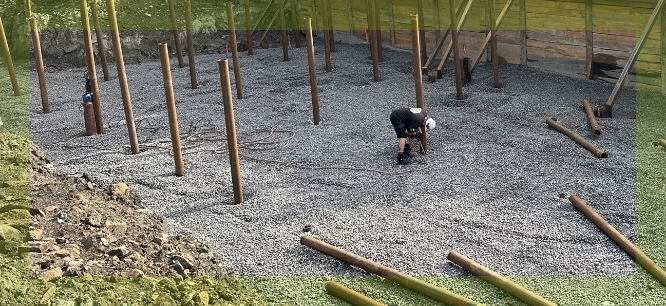
Soil analysis and layout plan
Sinking until refusal
Verification, cutting, and connection to the foundation
The advantages of foundation piling
Permanent stabilization of the structure
Consolidation of load-bearing elements
Prevention of secondary damage
Added value and peace of mind
Personalized support at every step of your project

Analysis and assessment of your foundations
The assessment includes:
- An analysis of the soil type (clay, fill, loose soil, etc.)
- An estimate of future capacity
- Personalized technical recommendations, accompanied by plans and estimates if necessary
- Support in finding financing or municipal assistance programs
- Help in preparing documents for your insurance or loan applications
- Clear and detailed cost estimates, with no surprises
Need a pile construction service?
For over 20 years, Fondabec has been assisting homeowners in Greater Montreal and across Quebec with their construction projects using driven piles. Whether you are in Laval, Longueuil, Terrebonne, the North Shore, the South Shore, or elsewhere in the province, our team will quickly come to assess your situation and offer you the most durable solution.
FAQ
How much does it cost to install driven piles?
Is it necessary to conduct a soil study before installing driven piles?
How long does it take to install driven piles?
Are driven piles suitable for all types of foundations?
What is “refusal”?
For over 20 years, Fondabec has been assisting homeowners in Greater Montreal and throughout Quebec with their excavation projects.
- 957 Rue des Forges, Terrebonne, QC J6Y 0J9
- (514) 838-5379
- info@fondabec.ca
-
Monday to Saturday
7:00 am to 6:00 pm

